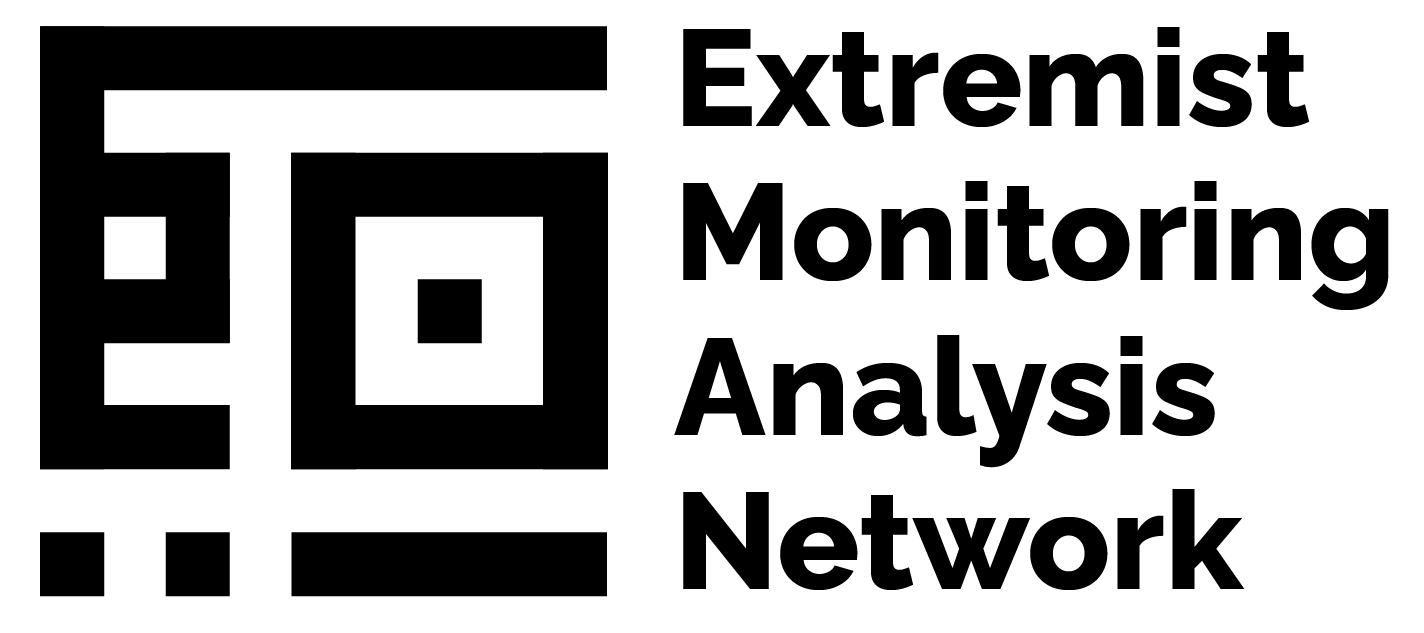EMAN’s Vision and the Global Threat of Extremism
Author: Mohamed Hineidi - Director at EMAN Network
The EMAN Network aims to cultivate an open dialogue between the public, policymakers, academia, and the media on the dangers of violent extremism. If a root cause analysis was to be conducted on the reasons behind violent extremism and violent militancy - be it religious-based violence and fundamentalism, or ideologically-driven violence - it is certain that hate speech by preachers, extremists, activists, and ideologues would be a key factor behind a certain individual’s journey to violent extremism.
Simply put, hate speech is defined by the Oxford Dictionary as “abusive or threatening speech or writing that expresses prejudice against a particular group, especially on the basis of race, religion, or sexual orientation.” Moreover, the UN defines hate speech as “any kind of communication in speech, writing or behaviour, that attacks or uses pejorative or discriminatory language with reference to a person or a group on the basis of who they are, in other words, based on their religion, ethnicity, nationality, race, colour, descent, gender or other identity factors.”
As we look at the world today, we see extremism manifest in myriad forms, whether it be Islamist supremacism, right-wing extremism, White supremacism, Hindutva nationalism, or other religious, and ideological movements. These ideologies compete with one another and form an imbalance in centrist, liberal thinking. For instance, Islamists and xenophobes - including right-wing extremists and white supremacists - are two sides of the same coin. Both groups rely on the other’s narrative of ‘Us vs.Them’, that the ‘other’ is an existential threat to them, and that only by uniting under their exclusive supremacist ideologies can they fight back against this existential and perpetual foe. This argument is not new, and has been made time and again by many experts in this field.
The discourse over the past two decades has focused primarily on Islamist extremism, due largely to the September 11 attacks, and the consequential global events that followed. Islamist extremism and terrorism manifested itself - and continues to do so - in various forms, whether through ‘quietist Salafism’, where Islamist preachers across the world call for an austere interpretation of Islam to be implemented and forced by countries or the opportunist Islamist politics of Muslim Brotherhood organisations that seek to hide behind the veil of ‘democracy’ while subtly planting their Islamist agenda. Muslim Brotherhood organisations also play an integral part in further radicalisation, sometimes towards violent militancy and terrorism. Perhaps the most notable facet of Islamist extremism over the past two decades has been and continues to be the prevalence of violent terrorist organisations. These terrorist organisations are not a monolith - each has its own ideology, political interests, and geopolitical ambitions. Many are enemies and openly fight against each other, but they have a common denominator - and that is that they either seek to violently enforce their puritanical ideology on others (many of whom are practising and pious Muslims) by ruling over them, or by using religion to justify their attacks on those they perceive as their enemies.
Today, however, it is not just Islamist extremism that the world is being challenged with. Today, we are seeing an increase in right-wing politics, ultra-nationalism, and a general shift to the right. In May 2021, U.S. Attorney General Merrick B. Garland and Homeland Security Secretary Alejandro N. Mayorkas told American Senators that the biggest threat facing the United States came from “racially or ethnically motivated violent extremists - specifically those who advocate for the superiority of the White race”. Moreover, in 2018, right-wing extremists killed 15 Americans while Jihadists killed one in the same year. Between the years 2009 and 2018, right-wing extremists accounted for over 73 per cent of extremist-related deaths, a stark contrast to the 23 per cent of fatalities related to Islamist extremism. Islamist extremism, however, continues to receive an outsized share of the media attention in the U.S.
Each country has its own domestic threat index. As has been argued above, right-wing terrorism represents the largest domestic threat to the U.S. In France, it is the continued threat of Islamist terrorism. In the Middle East, it is largely Islamists that take myriad forms, be they political parties or terror groups that seek to dismantle nation-states, exacerbate instability and enforce their own puritanical and radicalised interpretation of Islam on their respective populations. In India, hyper-nationalism has manifested itself in the form of religious zeal through Hindutva, with far-right Hindus taking aim at minorities including Muslims, and to a lesser degree other minorities. At EMAN, we aim to combat these ideologies by providing referenced evidence of extremism by certain individuals and organisations that engage in hate speech, divisive rhetoric, open calls for war against other people, the vilification of other groups and the calls for the persecution and even the deaths of other groups and minorities. At EMAN, we believe that it is the duty of all like-minded ordinary people to defend liberal values, and fight for moderation, tolerance, inclusivity and diversity. It is important to note that EMAN does not target any countries or governments, and focuses on all religions and all ideologies.
